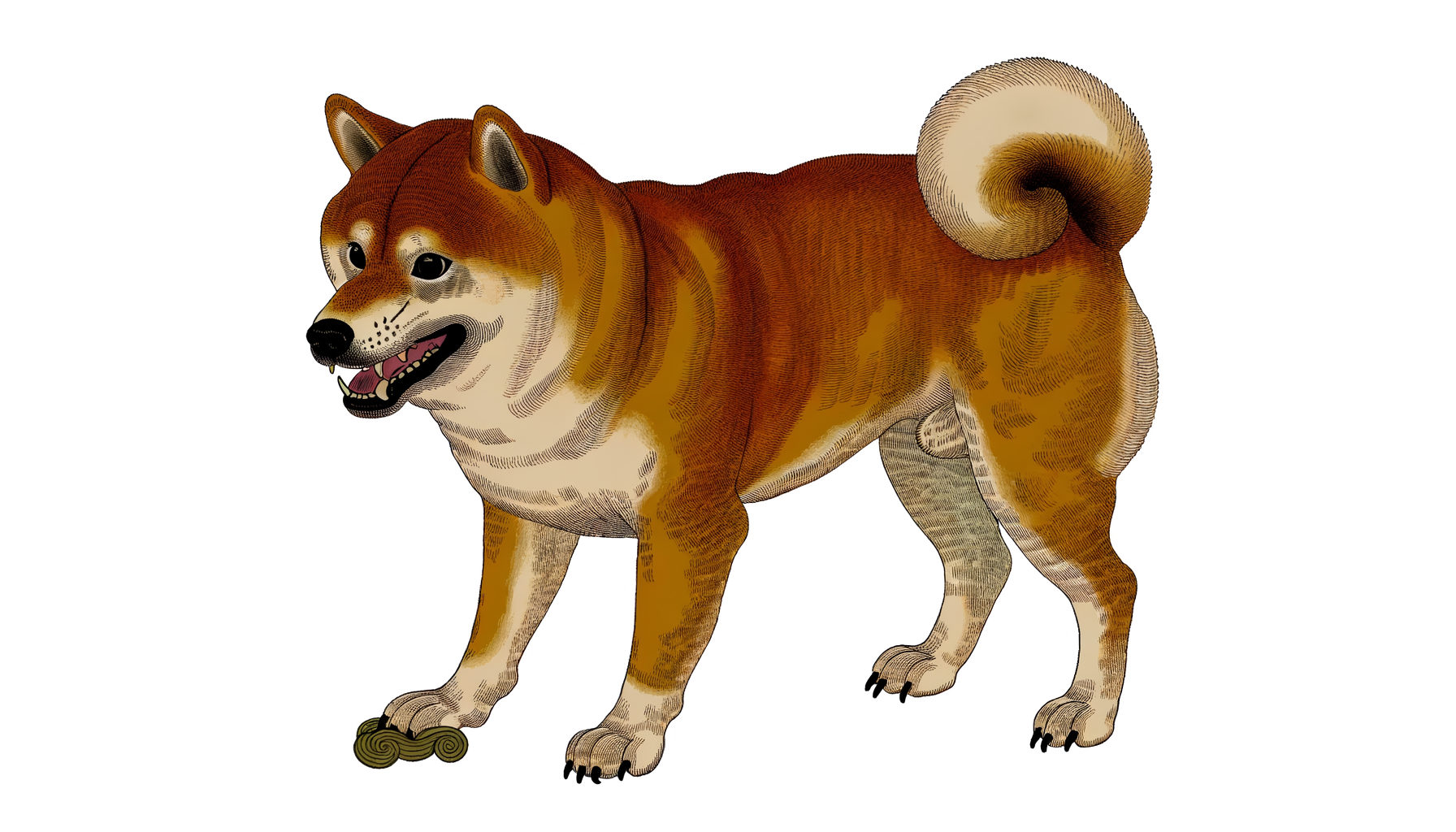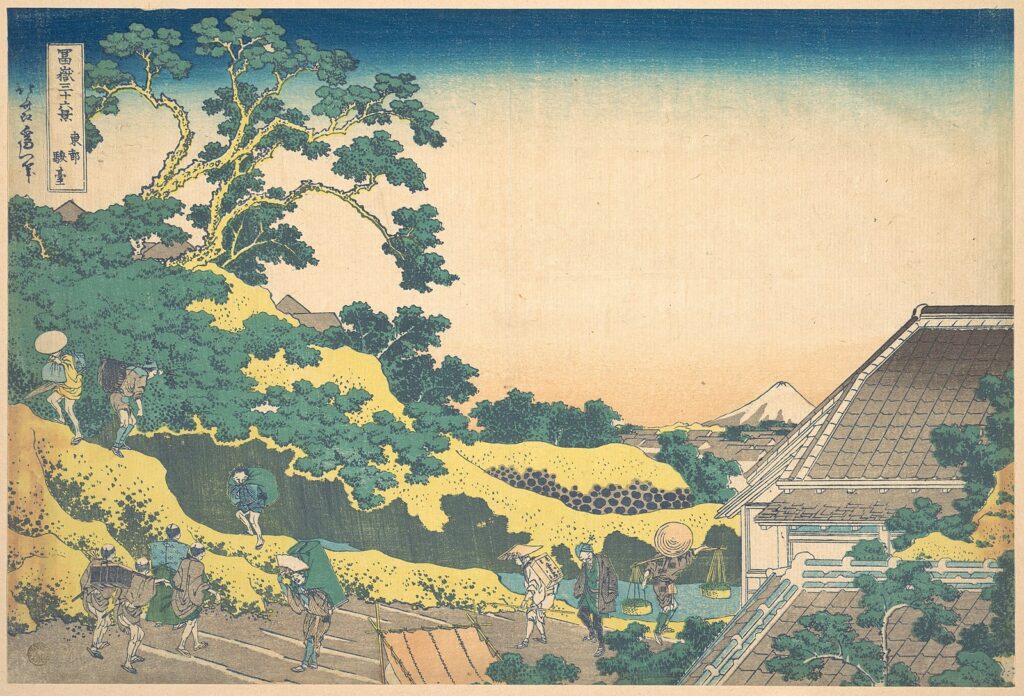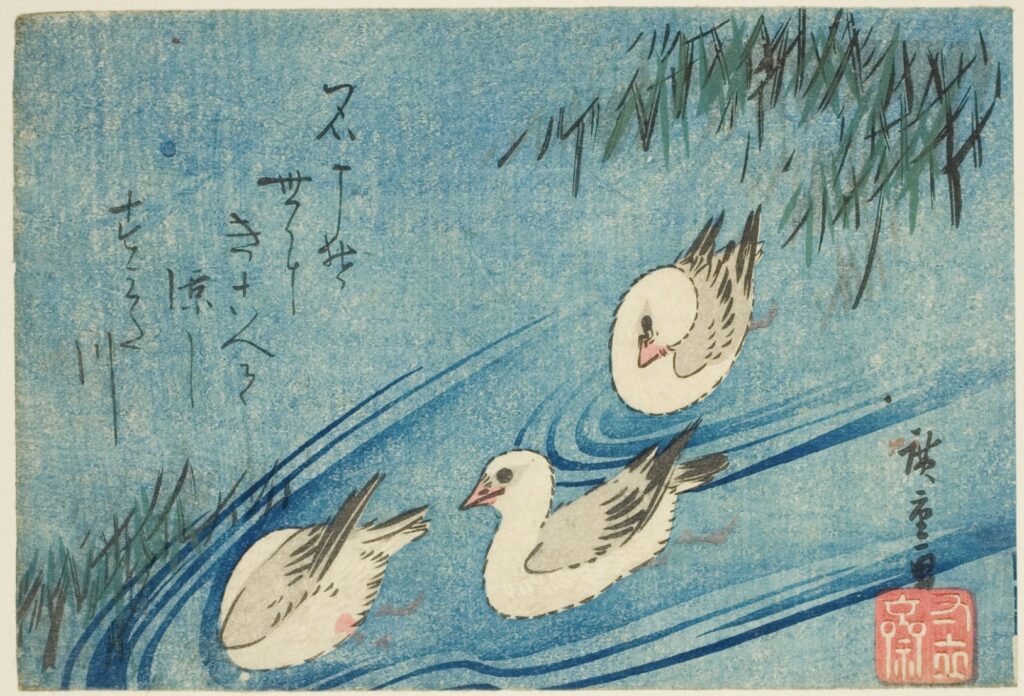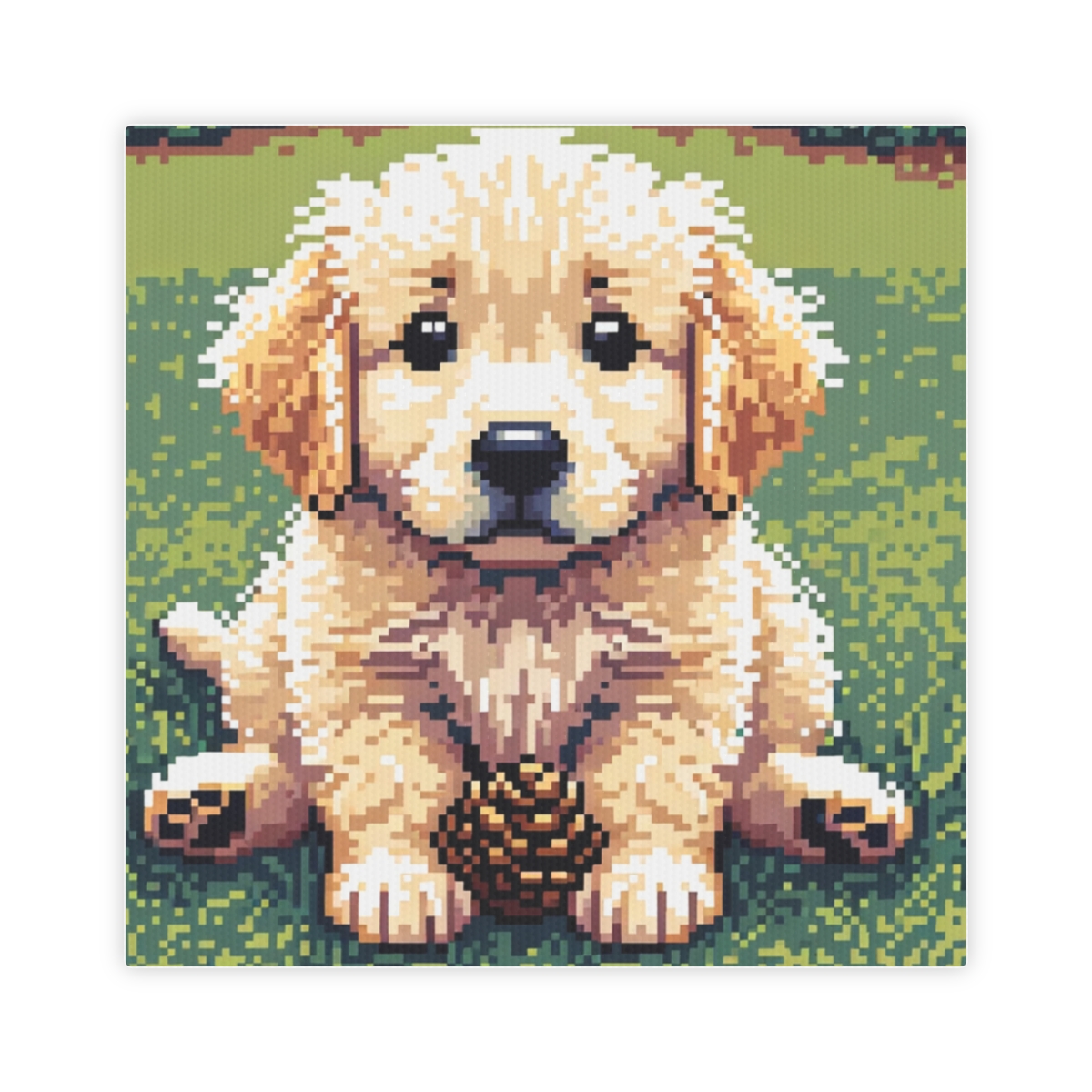Your cart is currently empty!

What is Ukiyo-e Art?
A cool part of building our AI-stylized image business is discovering new art styles. Ukiyo-e is one of our favorite art styles we discovered while building our stylized pet image business.
Below is an overview of what we’ve learned when digging into the question of “what is Ukiyo-e art?”
The term “ukiyo-e” translates to “pictures of the floating world,” referring to the transient pleasures and fleeting moments of urban life in Edo-period Japan.

Ukiyo-e is a genre of Japanese art that flourished from the 1600s to the 1800s. Typically, the art style was printed via woodblock prints. The subjects were often scenes from everyday life, landscapes, and narratives involving historical and mythical Japanese subjects.
Although created for the growing merchant class, Ukiyo-e was not folk art in the traditional sense. Instead, it was a professional art form produced by skilled artisans in workshops, catering to a wide audience while remaining deeply rooted in Japan’s rich artistic traditions.
The subjects in Ukiyo-e art varied but can be kabuki actors, beautiful courtesans, sumo wrestlers, scenes from history and folklore, travel scenes, landscapes, and erotica. Mostly it is what we would consider quintessential Japanese folk imagery.
The Evolution of Ukiyo-e Art
Ukiyo-e art didn’t emerge in a vacuum. It was a product of its time, reflecting the cultural and social changes occurring in Japan during the Edo period (1603-1867). As the merchant class grew in wealth and influence, there was a growing demand for accessible art that depicted the pleasures and concerns of everyday life. Ukiyo-e filled this niche perfectly.
The techniques used in Ukiyo-e evolved over time. Initially, artists created monochrome prints using only black ink. Later, they began hand-coloring these prints, a technique known as tan-e. By the 1740s, artists developed the ability to create multi-color prints, called nishiki-e, which allowed for even more vibrant and detailed representations.
Themes and Subjects in Ukiyo-e
While we’ve touched on some of the common subjects in Ukiyo-e, it’s worth exploring these in more detail:
- Bijin-ga: These were portraits of beautiful women, often geishas or courtesans.
- Yakusha-e: Depictions of kabuki actors in character.
- Musha-e: Warrior prints, often featuring samurai or scenes from historical battles.
- Meisho-e: Landscape prints of famous places.
- Kachō-ga: Bird-and-flower prints.
Interestingly, it’s in this last category where we often see the incorporation of animals and pets into Ukiyo-e art.
Animals and Pets in Ukiyo-e
While not as prominently featured as human subjects or landscapes, animals, including pets, did play a significant role in Ukiyo-e art.
This inclusion of animals reflects the Japanese appreciation for nature and the close relationship between humans and animals in Japanese culture.
Cats, in particular, were a popular subject in Ukiyo-e prints. The famous Ukiyo-e artist Utagawa Kuniyoshi created numerous prints featuring cats, often in humorous or anthropomorphized situations. These cat prints were not just cute depictions but often carried deeper meanings or references to folklore and legends.
Dogs also appeared in Ukiyo-e prints, though less frequently than cats. They were often depicted alongside their human companions or as part of everyday scenes.
Birds were another common animal subject in Ukiyo-e. Kachō-ga (bird-and-flower prints) often featured native Japanese birds like cranes, sparrows, and roosters. These prints were admired for their delicate beauty and symbolic meanings. For instance, cranes were associated with longevity and good fortune.

Utagawa Hiroshige 歌川 広重
Japanese, 1797-1858
Clarence Buckingham Collection
Fish and other aquatic creatures also made frequent appearances in Ukiyo-e prints. Katsushika Hokusai’s famous series “A Tour of the Waterfalls of the Provinces” often included small fish in the turbulent waters, adding a sense of life and movement to the scenes.
While not strictly pets, other animals like horses, oxen, and even mythical creatures like dragons and kappa (water spirits) were also depicted in Ukiyo-e prints. These animals often played important roles in narratives or symbolized certain virtues or concepts.
The Significance of Animals in Ukiyo-e
The inclusion of animals in Ukiyo-e art served several purposes:
- Symbolism: Many animals in Japanese culture carry symbolic meanings. For example, the fox is associated with the god Inari, while the turtle represents longevity.
- Narrative Elements: In prints depicting stories or legends, animals often played crucial roles.
- Aesthetic Appeal: Animals added visual interest and variety to compositions. They could be used to fill space, create balance, or add a touch of whimsy to a scene.
- Cultural Commentary: Sometimes, animals were used as stand-ins for human characters, allowing artists to make subtle critiques of society or politics without directly depicting human figures.
- Nature Appreciation: The detailed depiction of animals reflected the Japanese appreciation for the natural world and the belief in the interconnectedness of all living things.
Famous Ukiyo-e Artists and Their Animal Depictions
Several renowned Ukiyo-e artists were known for their skillful depictions of animals:
- Utagawa Kuniyoshi
- Katsushika Hokusai
- Utagawa Hiroshige
- Kawanabe Kyōsai
Influence on Modern Art
The influence of Ukiyo-e, including its animal depictions, extended far beyond Japan. When Japanese ports opened to foreign trade in the 1850s, Ukiyo-e prints made their way to Europe, where they had a profound impact on Western artists. This influence, known as Japonisme, can be seen in the work of artists like Vincent van Gogh, Claude Monet, and Henri de Toulouse-Lautrec.
In the realm of animal depiction, the flattened perspective and bold outlines characteristic of Ukiyo-e influenced how Western artists approached animal subjects. The stylized yet naturalistic representations of animals in Ukiyo-e offered a fresh perspective that contrasted with the more realistic traditions of European art.
Ukiyo-e in Contemporary Culture
Today, the aesthetics of Ukiyo-e continue to inspire artists around the world. In the realm of pet portraiture, many contemporary artists draw inspiration from the bold lines, flat colors, and stylized representations characteristic of Ukiyo-e to create unique and striking pet portraits.
This modern take on Ukiyo-e pet portraiture often combines traditional Japanese elements with contemporary subjects. For example, an artist might depict a modern breed of dog or cat in the style of a Kuniyoshi print, complete with a stylized background and traditional Japanese elements.
Conclusion
Ukiyo-e art, with its vibrant colors, bold designs, and diverse subjects, offers a window into the cultural life of Edo-period Japan. While often associated with landscapes and beautiful women, the depiction of animals and pets in Ukiyo-e adds another layer of richness to this art form.
From the playful cats of Kuniyoshi to the graceful birds of Hiroshige, animals in Ukiyo-e serve not just as decorative elements, but as symbols, narrative devices, and reflections of the Japanese worldview. They remind us of the close relationship between humans and animals in Japanese culture and the deep appreciation for the natural world that permeates Japanese art.
As we continue to appreciate and draw inspiration from Ukiyo-e, it’s worth paying special attention to these animal depictions. They offer not only aesthetic pleasure but also insights into Japanese culture, folklore, and the enduring appeal of our animal companions.
Whether you’re a long-time admirer of Japanese art or just discovering the world of Ukiyo-e, take a moment to look for the animals hidden in these “pictures of the floating world.” You might be surprised by the stories they have to tell.
Try making a picture of your pet or a loved one’s pet in Ukiyo-e with MoodleMakes for free.

Leave a Reply
You must be logged in to post a comment.